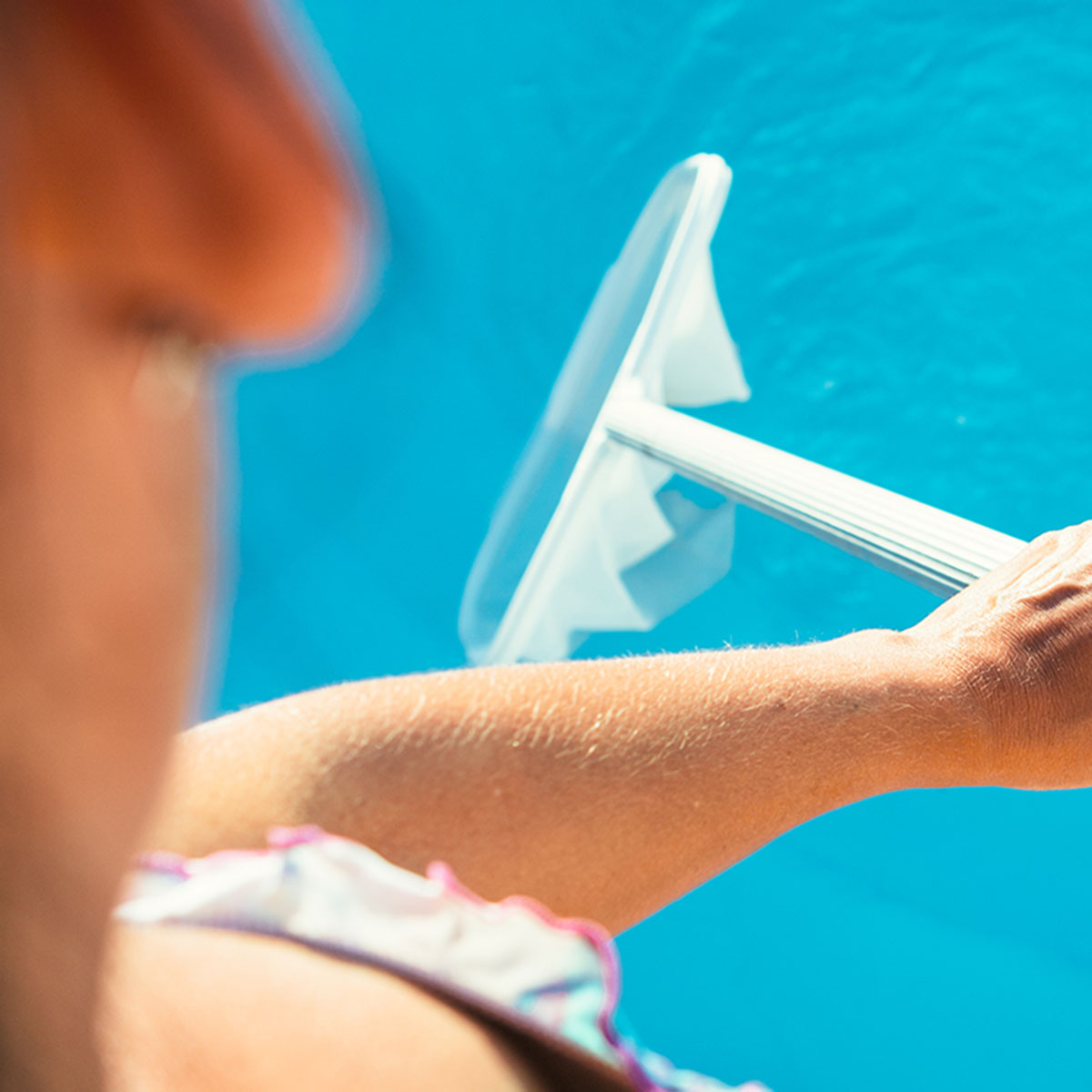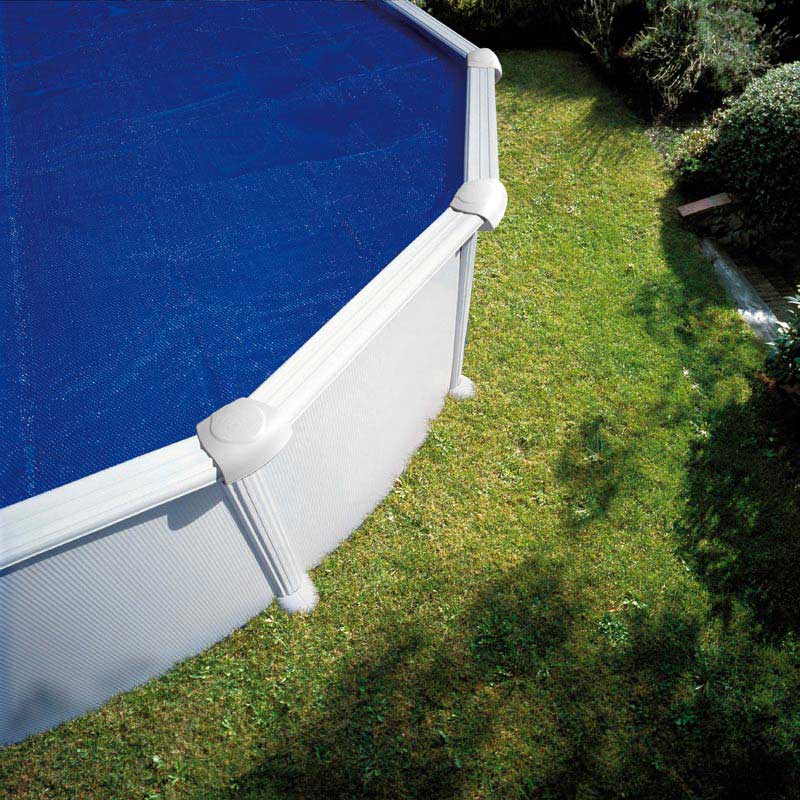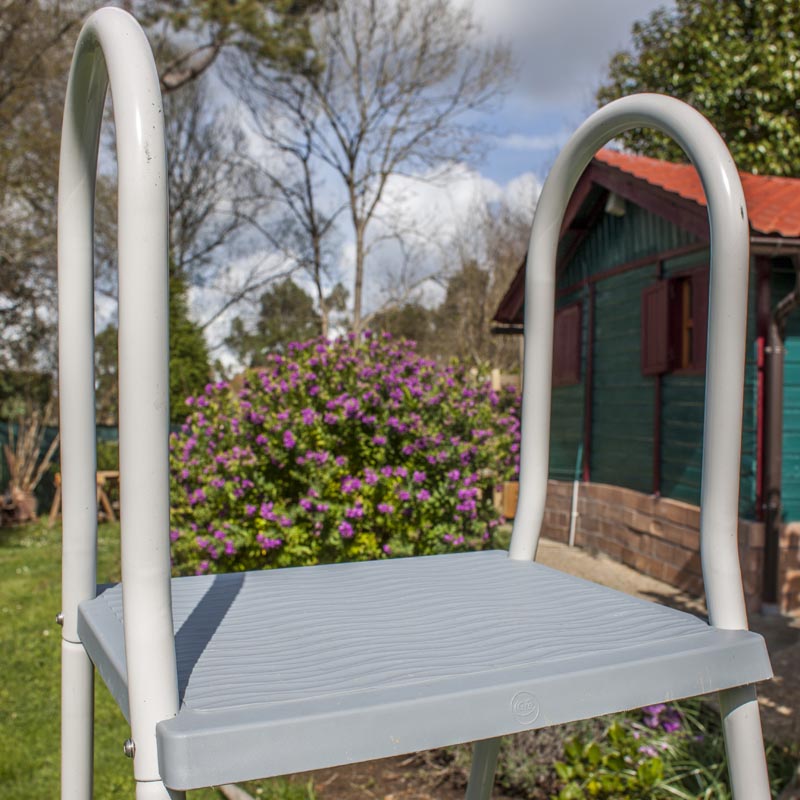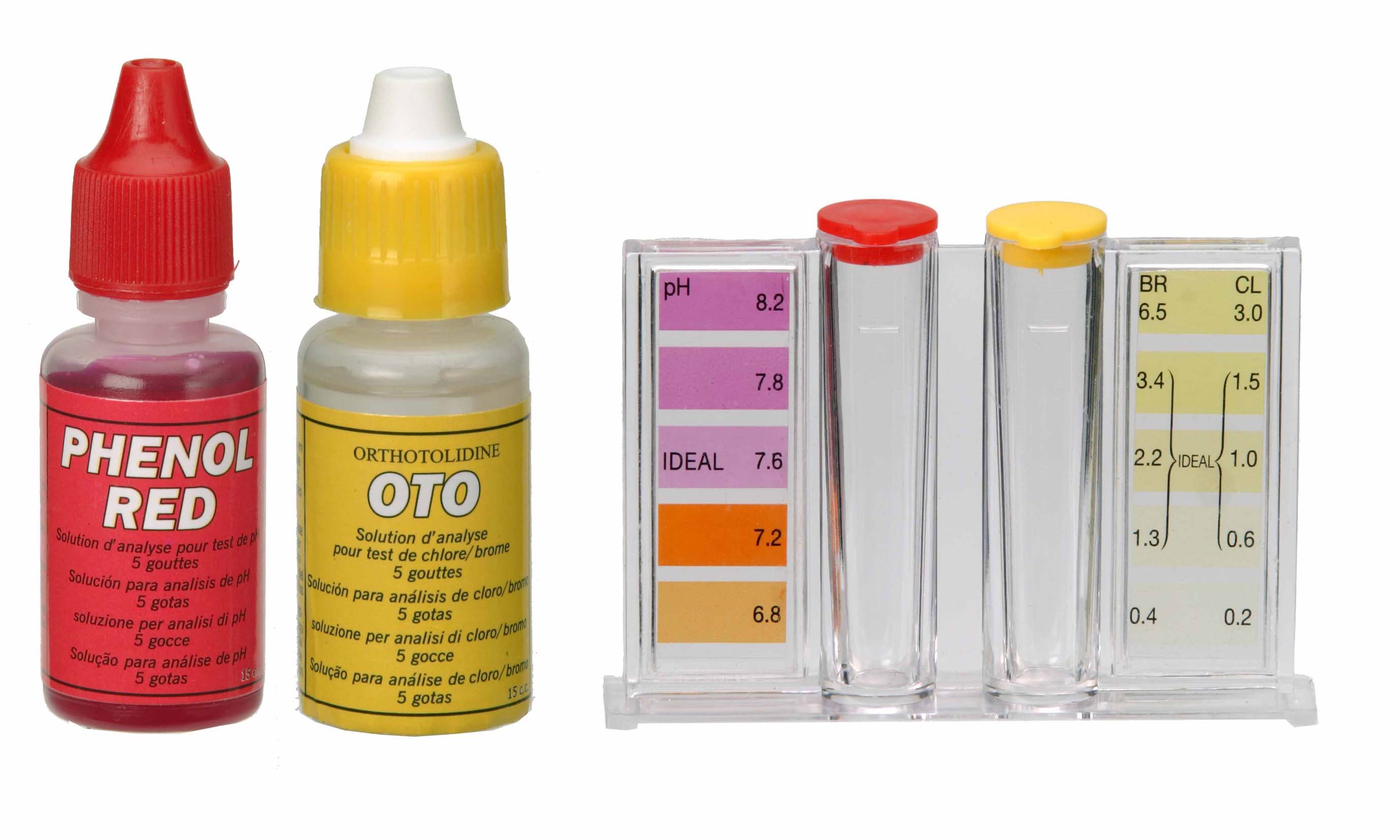Don’t be scared at the idea of opening your swimming pool for the summer. These tips, will make the operation fast and easy, and they cover all you need to know.
With summer being just around the corner, it’s time to remove the cover, to clean and prepare the water and the pool for the bathing season.
After the winter, it is necessary to perform a series of checks on the pool, its elements, its equipment and, of course, of the water conditions to have it ready for use.
Here, we explain the necessary steps to enjoy a good dip with crystal clear water in your pool. As mentioned in previous posts, each pool is different and there is no single standard process. You must act according to the type of pool and the installation you have.
1. Setting Up the Pool Equipment
The first thing to do in the pool opening process is verify the status of the pump, a fundamental element of the filtration system of the pool. If you have not used the pump during the hibernation period, we recommend you to disassemble the pump, clean it and place it in a dry and airy place to dry.
You should also check the electric cable and replace it with another one if it is damaged. Verify the different components of the pump and replace the worn out one. Finally, clean the filter to avoid possible obstructions.
Another element to check is the filtration system of the pool. Gre recommends once the bathing season is over, to empty and clean the filter and store all the equipment in a dry place protected from the weather. With the new storage sheds made out wood or composite material from Gre, you’ll be able to store all your equipment you need in a secure and convenient way, close to the swimming pool.
Depending on the type of filter system in you pool system, you should make the following checks:
- If it’s a sand filter, open it and check its status. If the grain of sand has lost its thickness and is rounded, it means that it has lost the capacity to retain the dirt particles and you will have to replace it. If the sand is more than three years old, it must also be changed.
- If the filter is a cartridge, you must check its condition and clean it or replace it with a new cartridge or replacement filter, if necessary, before a high load of dirt.
2. Remove the Cover of the Swimming Pool
If the pool is covered by a cover for the winter, it’s time to remove the cover. Thoroughly clean the pool cover and keep it clean and dry until its next use. There are summer covers for swimming pools that, in addition to protecting from dirt and leaves, maintain the temperature of the pool water during the night.
3. Review of the Pool Components
It is time to check and clean the condition of the different components of the pool: skimmers, baskets, grids, spotlights, return nozzles and other elements integrated to the pool. If any of them were damaged, it would be advisable to replace it.
4. Cleaning the Pool Cup
After reviewing the elements of the pool, the state of the pool cup should be our priority.
Next, you need to clean the surface of the pool with brushes and special sponges for swimming pools that are not aggressive to the liner. We can help with chemical products for swimming pools that are not aggressive either. Finally, once the dirt has been deposited in the bottom of the pool, you can go through with the pool cleaner and remove the accumulated dirt.
In Gre, we have a wide variety of pool cleaners, both manual pool cleaners and electric pool cleaners, even robots, for swimming pools that allow cleaning both the bottom and the walls of the pool, which facilitates the cleaning and maintenance of the pool.
5. Review of the External Elements of the Swimming Pool
Another important point is to check and clean trampolines, levers and ladders for swimming pools, which are recommended to keep inside during winter to avoid deterioration.
6. Tuning the Pool Water
The first thing to do is to fill the cup of the pool again with water to the optimum level, which should be up to half the skimmer approximately.
To know if the water is in acceptable conditions, you will have to measure the parameters of the water with a simple analyser for swimming pools or a smart analyser Blue Connect.
The water conditions at the opening time will be better if you have carried out a treatment with all the corresponding hibernation chemicals. It is advisable to change the water in the pool every five years or so. Meanwhile, with the use of the right products, you can keep the water of the pool in perfect condition.
If, on the other hand, the pool has not had any type of treatment during the winter, it is most likely that you will not be able to recover the optimal water conditions and the pool needs to be emptied for a complete cleaning of the pool and proceed back to its filling. Initial chlorine application will be necessary after filling the pool.
Once the pool is filled and the water has been analysed, you should proceed to disinfect the water with chemical products by means of a shock chlorine treatment and the pH increaser or reducer, until getting to be between 7.2 and 7.6, which are the correct pH levels of the water. In this blog entry, you can see how to measure and adjust the pH of the water.
You should also add algaecide and a flocculant to the pool water to eliminate germs, algae and possible residues.
Remember that, once the dipping season starts, it is very important to perform daily controls of the pH and chlorine levels, and a cleaning of the surface of the pool. On a weekly basis, don’t forget to use anti-algae and flocculant products, as well as to use the pool cleaner, to clean the filter and replace the level of chlorine.
And now that the opening process is completed, it’s time to enjoy the swimming pool!




Comments
Sus datos serán tratados por MANUFACTURAS GRE S.A. y por FLUIDRA S.A., con la finalidad de gestionar sus comentarios y dudas en el blog y, en su caso, ponernos en contacto con Usted para solucionarlas. Puede consultar más información sobre el tratamiento de sus datos y cómo ejercer sus derechos, tal y como se describe en la Política de Privacidad.